Male happiness is the popular name for Anthurium. The flower received such a name for a reason, because there is a belief that this plant gives men confidence, courage and strengthens male power. In addition, with proper care of the flower at home, it will certainly please you with bright flowering, and male happiness will be a great decoration at home.
Content
Variety characteristics male happiness and species diversity
In 1876, the French botanist Eduard Andre first discovered anthurium, after which he sent him to study in Europe. There, the flower was studied in detail and given the name "Anthurium andreanum". The birthplace of the plant is Colombia and the northern regions of Ecuador.
This flower is called "masculine happiness" not in vain, because according to popular beliefs, it brings happiness and luck to the representatives of the male sex. It is advised to grow anthurium newlyweds. The presence of an energetically strong plant positively affects the atmosphere of the house, giving a feeling of well-being and peace.
In Russia, anthurium is considered exclusively a houseplant, which requires special care. Its dark green leaves can grow up to 40 cm. The shape of the leaf depends on the species, can be swept or heart-shaped. The flower itself looks like an ear of pink, yellow or white. The decorativeness of the plant lies in the glossy coverlet that surrounds the flower. The color of the bedspread varies from saturated cherry to white, and the shape resembles a heart.
Today, there are about 30 varieties of indoor anthurium and more than 70 hybrids. All species are conditionally divided into three groups:
- green leaves;
- variegated;
- flowering.
Most of the varieties can live only in greenhouses, it is quite difficult to grow them at home. Among flower growers, the following species are most popular:
- Anthurium Andre is a perennial plant that has oval-lanceolate leaves up to 30 cm in length. The birthplace of the instance is South America. In the wild, he is met in the woodlands of Colombia and Ecuador. The height of the stems reaches about 30 cm. The bracts are quite impressive in size and heart-shaped. Its surface is often wrinkled or slightly bubbly. On the cob small yellow flowers are formed.
- Crystal Anthurium grows up to 25 cm in height. Large leaves densely form on the thick stem, their length can reach 40 cm and a width of 20 cm. The color of the leafy part is bright green with light veins resembling a pattern on the glass. The flowering of this species is rather inconspicuous: a green-yellow inflorescence resembling a corn cob forms on the peduncle. The plant has gained its popularity due to decorative leaves.
- Anthurium Scherzer, unlike relatives, is less demanding to care for. This served as its wide distribution not only among experienced gardeners, but also among amateurs. The plant has a shortened stalk (up to 30 cm) and leathery dark green leaves. On peduncles no more than 8 cm long, yellow-orange inflorescences are formed, which are twisted into a spiral.A bract leaf is most often painted in red-orange tones.
Home Care
In order for the plant to feel comfortable, it should create the most suitable living conditions. Proper care promotes long-term flowering and is an excellent disease prevention.
Optimum temperature
In the wild, anthurium lives in a tropical climate, so it loves warmth. The temperature of the room in which the pot is placed should be within 20-25 ° C. In winter, this indicator should not fall below 18 ° C. It is important to protect the plant from drafts and open windows. At the same time, do not forget that he needs fresh air.
Lighting
The most suitable option for a flowerpot would be a place with diffused sunlight. Direct rays can burn the leaves, which is a serious stress for a delicate flower. To protect the leaf part from scorching rays, anthurium is placed at a distance of 1 m from the window.
In the summer, the flowerpot is placed on the western or eastern windowsill. With the onset of winter cold, the pot is transferred to the southern part of the house.
Watering and feeding
The tropical flower needs plentiful watering. In the summer, water should be 2 times a week. After the procedure, it is necessary to drain excess water from the pan, stagnation of which can provoke the development of fungus or mold.
During the dormant period, watering significantly reduces and stops all feeding. Water the plant once a week, but continue to spray normally. A dried up substrate has a bad effect on the flower, so this should be strictly monitored. Water for irrigation should be soft.
Top dressing plays an important role in the full development of the plant. They are introduced during the spring-summer period, when the flower is actively growing. Experts recommend alternating the application of mineral and organic fertilizers. You need to feed no more than twice a month, because an excessive amount of nutrients can harm.
Transplanting and propagating a flower at home
Anthurium is not a fast-growing plant, so it is transplanted no more than once every 1-2 years. A newly acquired flower cannot be transplanted immediately. This procedure is carried out after a period of adaptation (7-10 days). For transplantation, slightly acidic soil is selected, which should consist of fine moss, leafy and soddy soil.
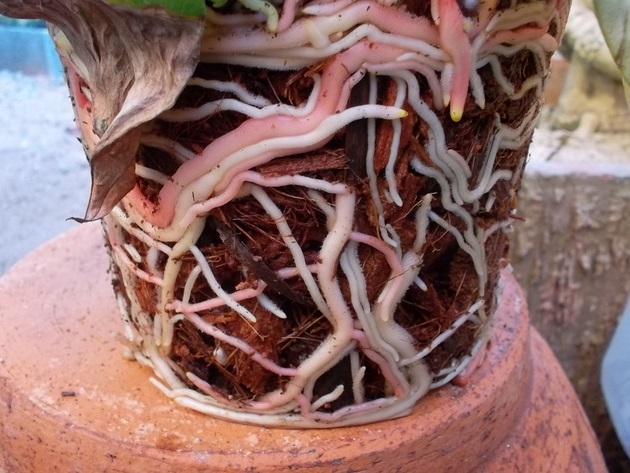
It is best to transplant the plant in the spring. The flowerpot should be slightly larger than the previous one. Large capacity negatively affects flowering, because the flower will actively build up the deciduous part. The transplant is carried out as follows:
- Anthurium is abundantly watered, which facilitates its removal from the old tank;
- the flower is removed, inspected the rhizome and transferred to a new flowerpot;
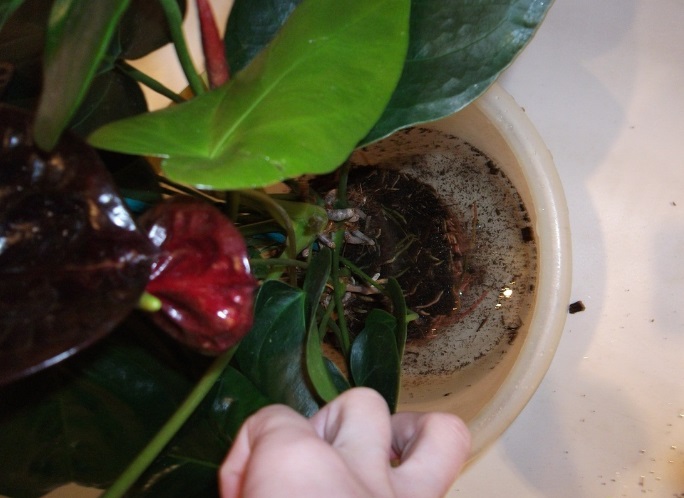
Root extraction - if the flower is transplanted due to illness, then the old soil must be removed from the roots, cut off the damaged parts and treat the cut sites with activated carbon;
- the bottom of a new flowerpot is filled with drainage, and an earthen lump with roots is placed in the center;
- the resulting voids are filled with a fresh substrate and renew the topsoil.
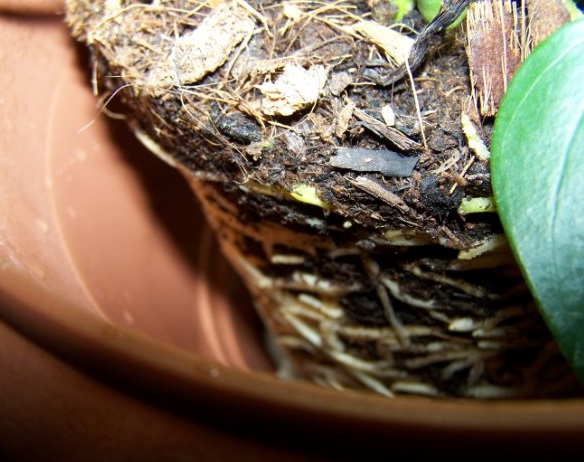
Transfer of anthurium to a new pot
The transplanted flower receives from the fresh soil all the necessary substances, therefore top dressing is excluded for 2-3 months.
When transplanting an adult plant, the horse system can be divided into several parts, each of which should have 1-2 shoots. This method of reproduction is the simplest, because the plant already has roots. Care for such an instance after planting is exactly the same as for an adult.
You can propagate the flower using cuttings or leaves.The procedure is carried out as follows:
- cut off the top of the shoot and put it in the water for rooting;
- after the appearance of the first roots (about 30 days), the stalk is planted in a pot with a suitable substrate.
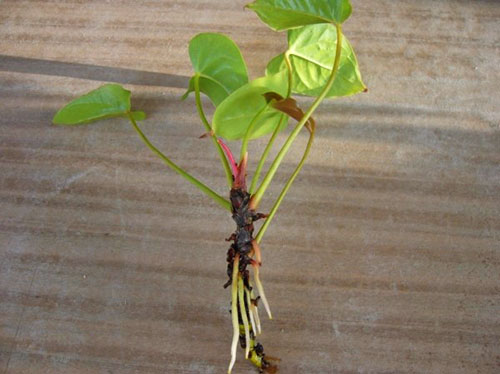
The plant propagates by seeds, but this process is very time-consuming, so it is rarely used.
The procedure for seed propagation consists of the following stages:
- pollinate a flower;
- seeds are extracted from a mature fetus;
- planting material is washed, and then left for some time in a weak solution of potassium permanganate;
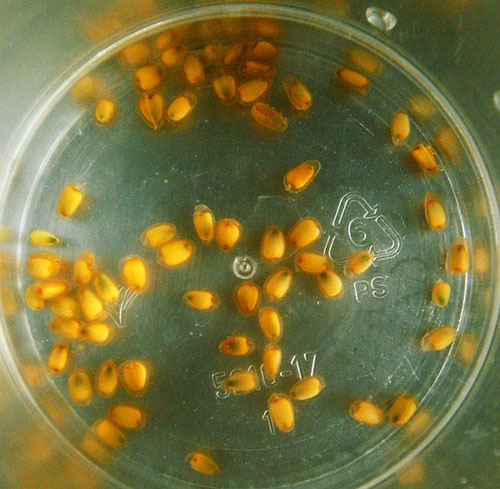
Anthurium Seeds - seeds are sown in moist soil and covered with a film;
- the mini-greenhouse is periodically ventilated, and the earth is sprayed from the spray gun;
- when the sprouts get stronger, they are transplanted into separate containers.
Diseases of the flower and the fight against them
Excessive or scarce watering, low humidity and improper feeding may become the cause of the disease.
Why leaves turn yellow
Yellow leaves may indicate a violation of the temperature regime in the room. If the plant is in a cool place, then it should be moved to a warmer room, while at the same time it is necessary to reduce the ambient humidity. Yellowing leaves may also cause insufficient sunlight. Basically, this happens in spring and autumn, when daylight hours decrease. The flowerpot is rearranged on a more lighted window sill or a phytolamp is used.
Excessive dressing often causes disease. In the winter, they are completely excluded, and the rest of the time they are fertilized twice a month. The dosage of top dressing should be halved from that indicated in the instructions. If the leafy part still began to acquire a yellow color, then the plant will need a transplant with a complete replacement of the soil.
The cause of yellowing can be chlorosis - a disease that appears as a result of violations during the conversion of chlorophyll. A distinctive feature of this disease is the yellowing of the entire leaf, except for the veins that remain the same color. This trouble is corrected by the introduction of iron-containing fertilizers.
Other diseases with a photo
In addition to yellowing of the deciduous part, anthurium can also affect other rather unpleasant diseases. The most common are fungal diseases:
- rust;
- powdery mildew;
- soil fungi;
- sooty fungi;
- gray mold.
Rust is characterized by the appearance of brown spots on the leaves and stems. You can cure the plant with a Bordeaux mixture, which wipe the entire flower. Damaged parts must be destroyed.
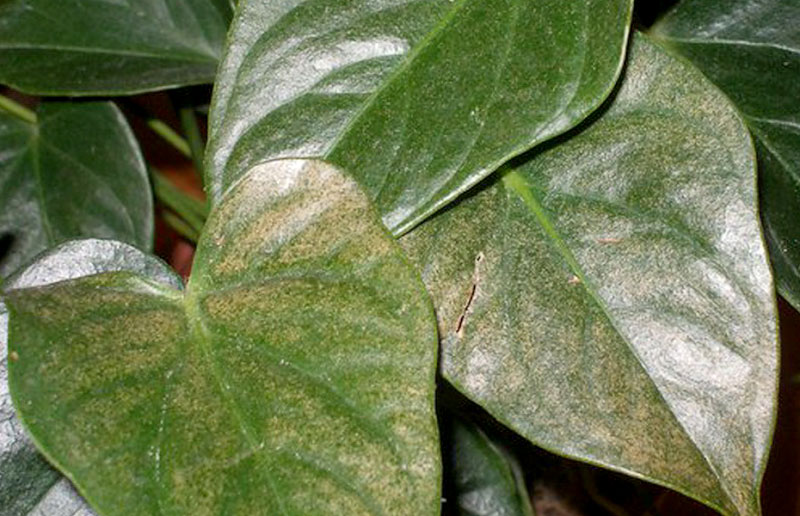
If a whitish coating appears on a leaf, it is powdery mildew. It occurs with sudden changes in temperature and other violations in the care.
Root rot is characterized by drying and decay of the deciduous part. It is considered the most dangerous among noncommunicable diseases.
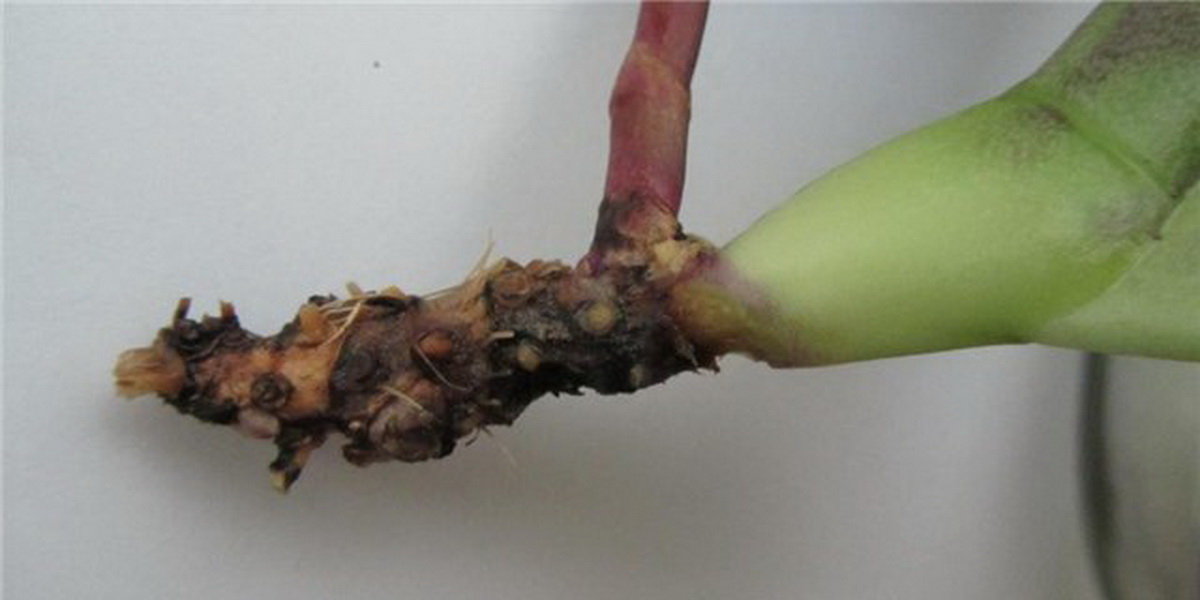
You can get rid of fungal diseases and prevent their spread to other flowers as follows:
- isolating a patient anthurium from other plants;
- fungicide treatment;
- pruning and washing the roots;
- transplant with a complete replacement of the substrate.
Insects can also attack the flower: scale insects, aphids, thrips, spider mites and mealybugs. Get rid of them with special insecticides, which treat the affected flower. From folk remedies, a solution of laundry soap with which the plant is rubbed is effective.
Common Growing Questions
Anthurium will look elegant in any apartment. Fans of large beautiful leaves are suitable for the Khantalny Anthurium, and those who want to have a flowering particle of the tropics are advised to purchase Scherzer or Andre anthurium.

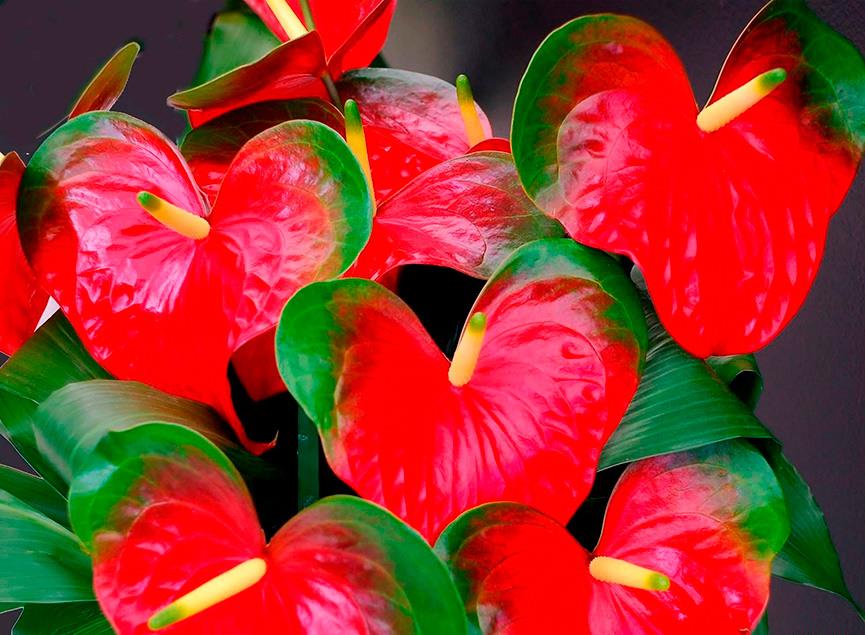
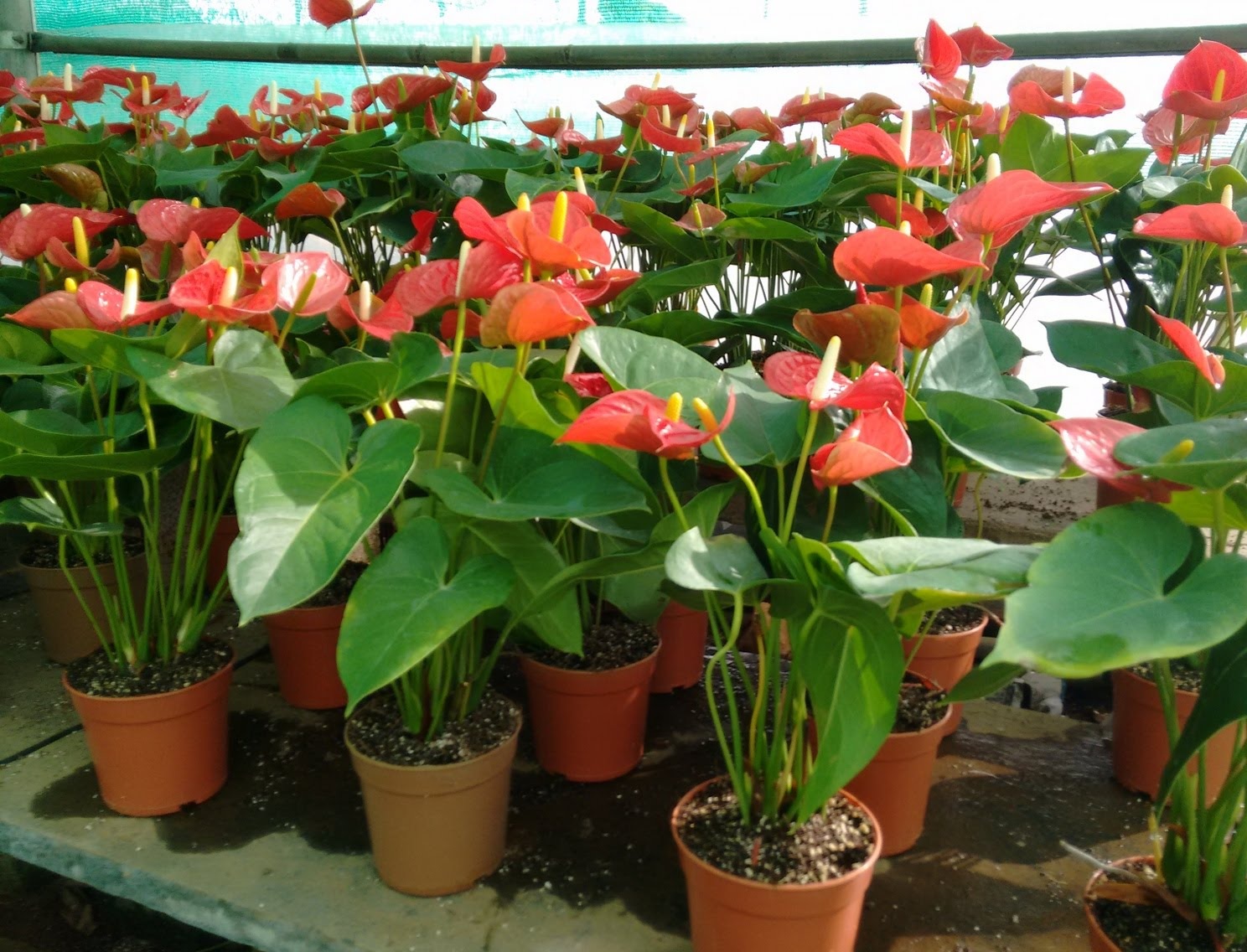
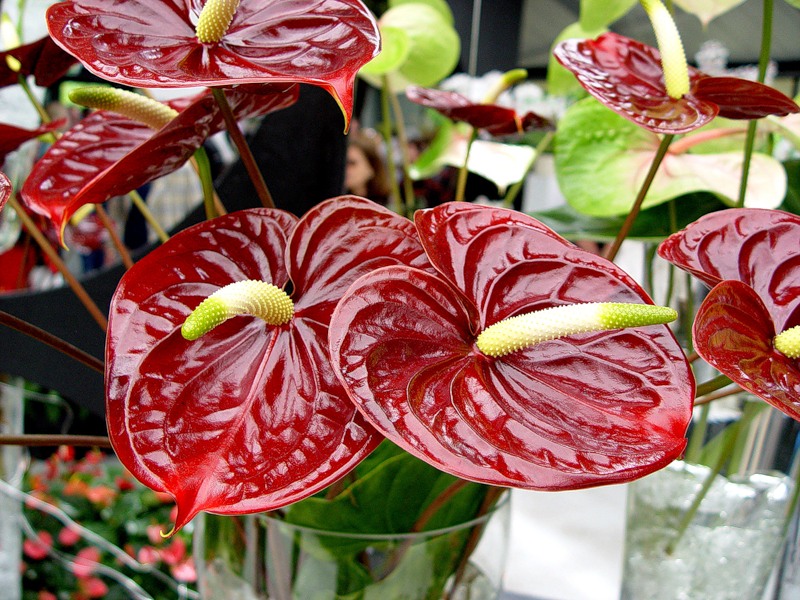
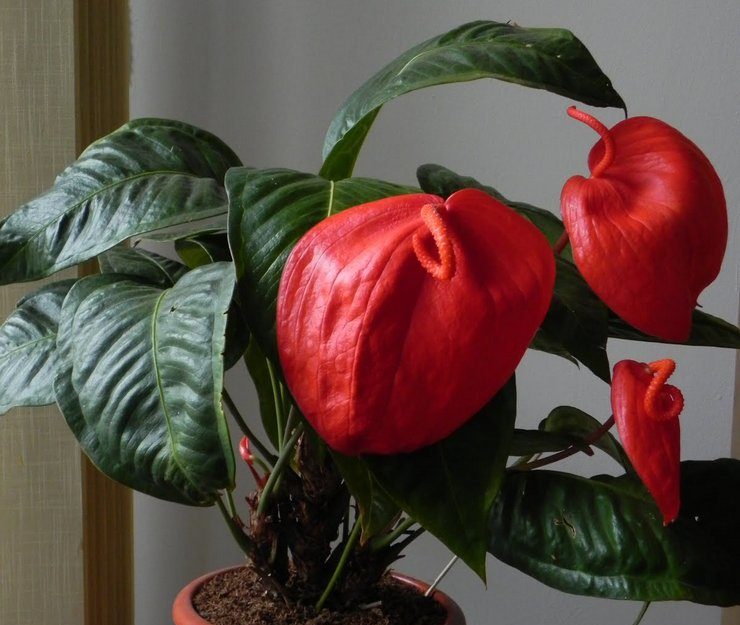
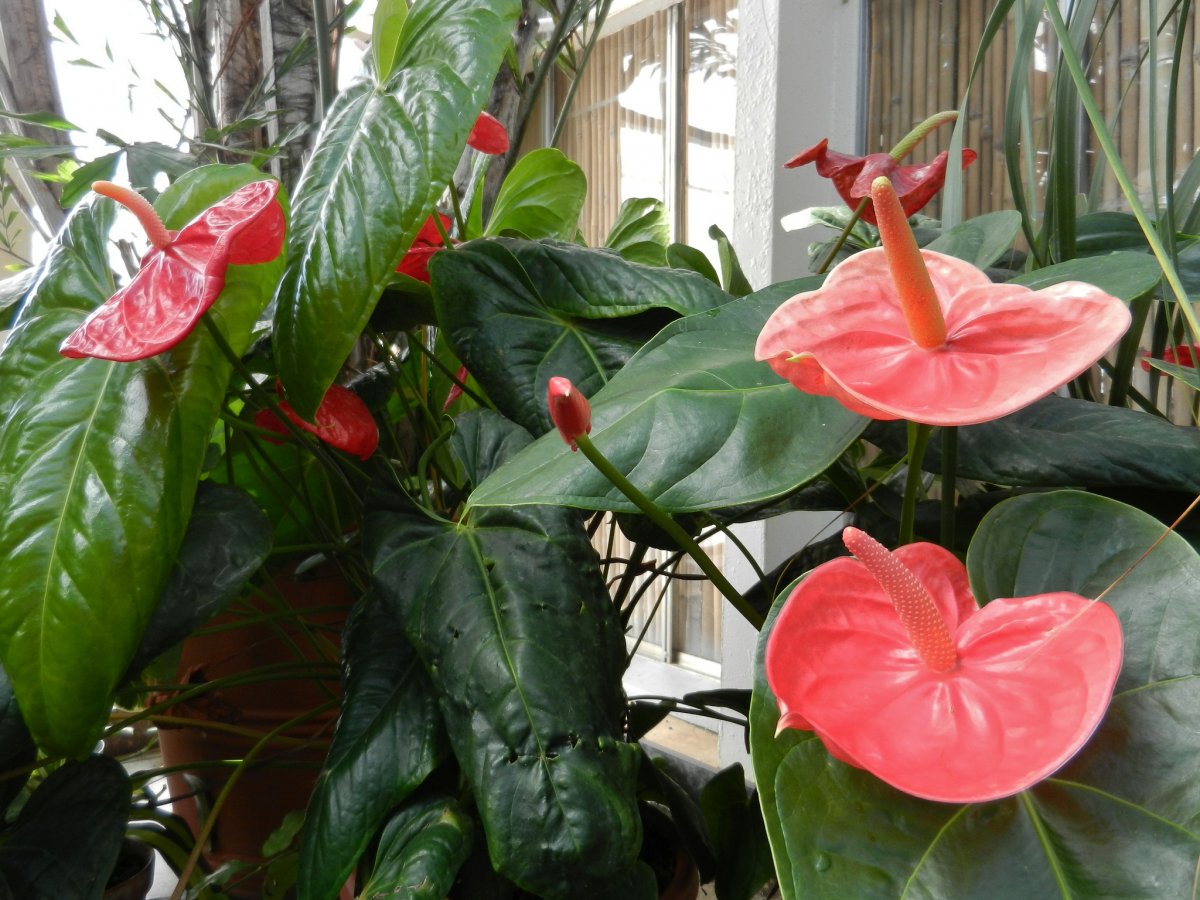
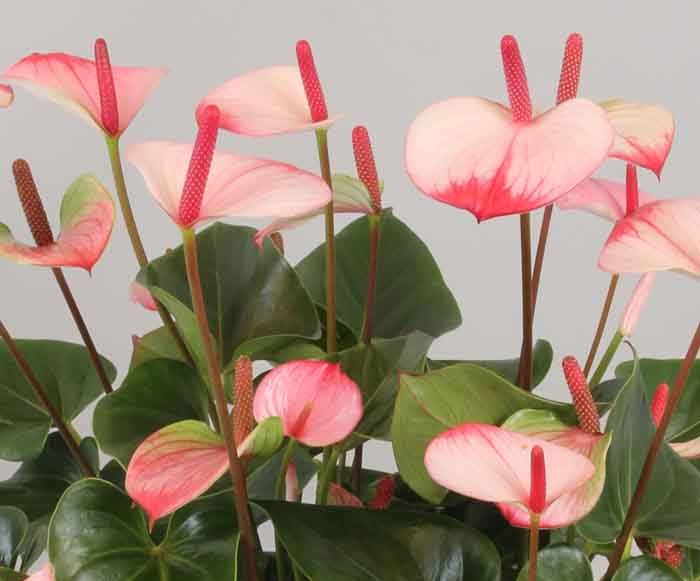
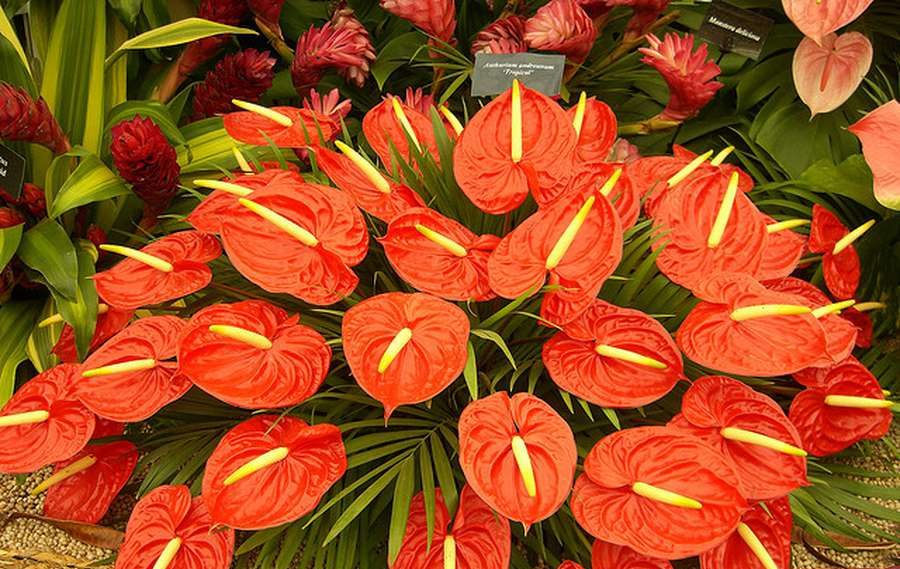
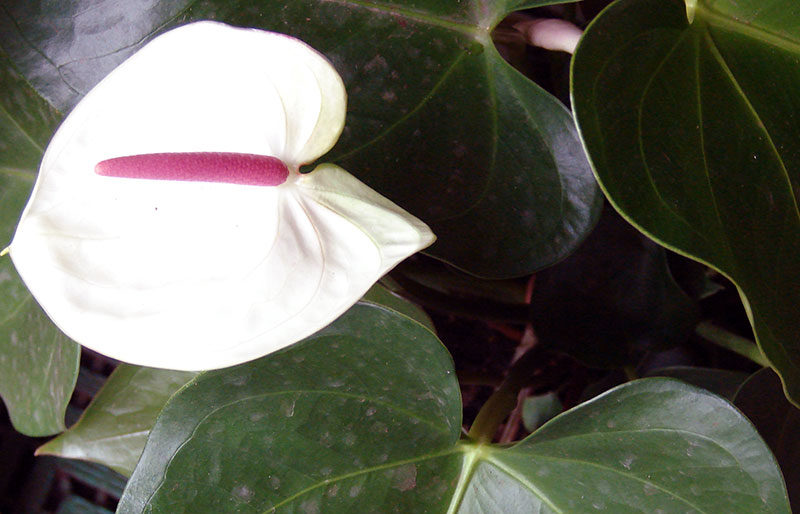
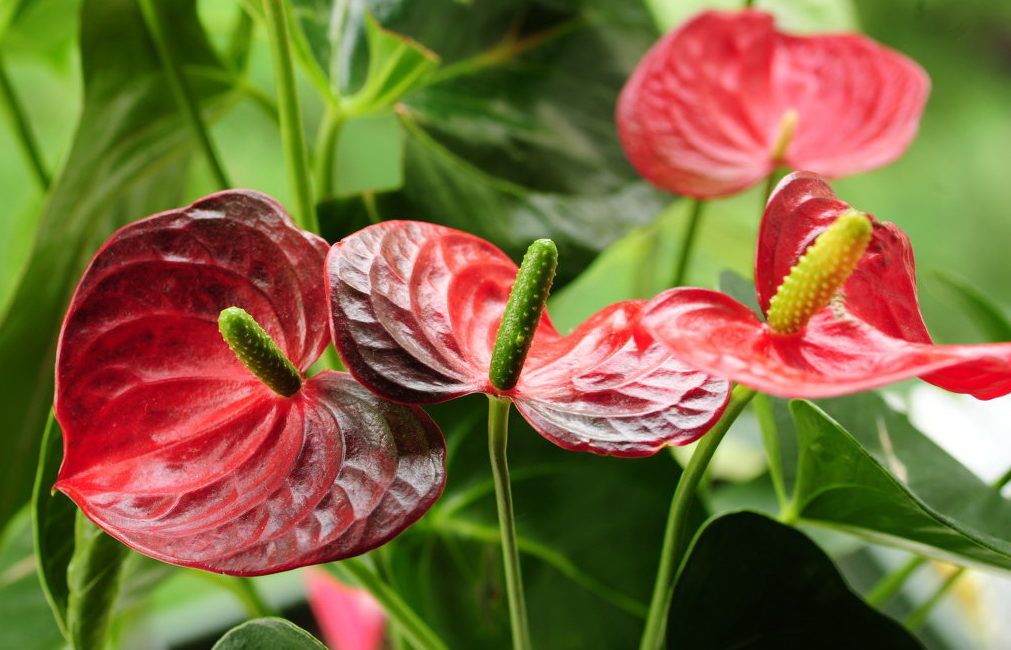
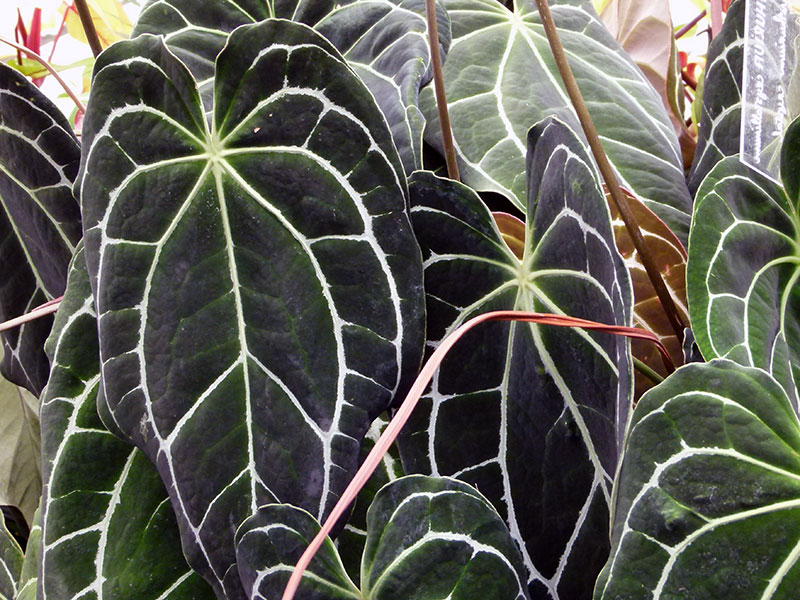
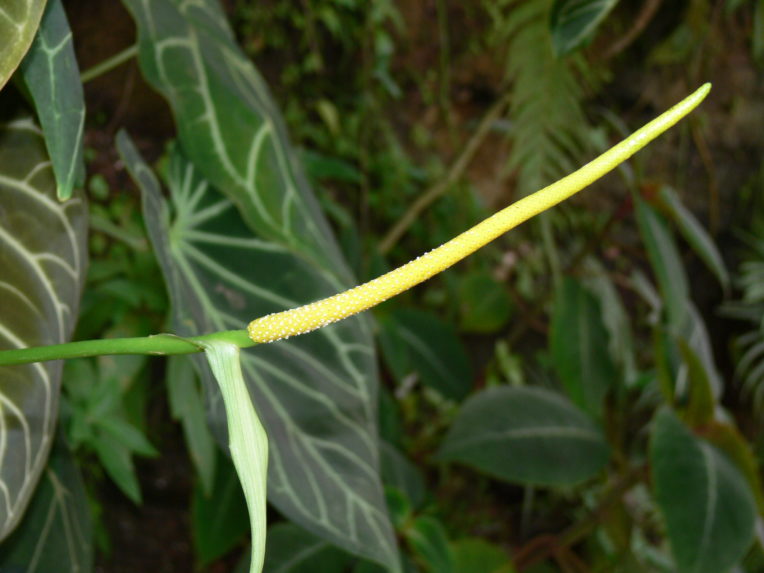
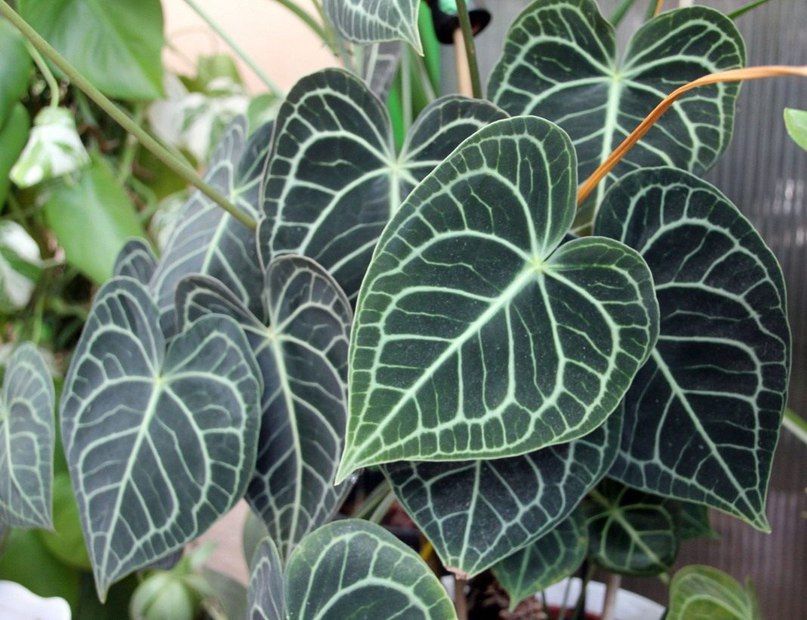
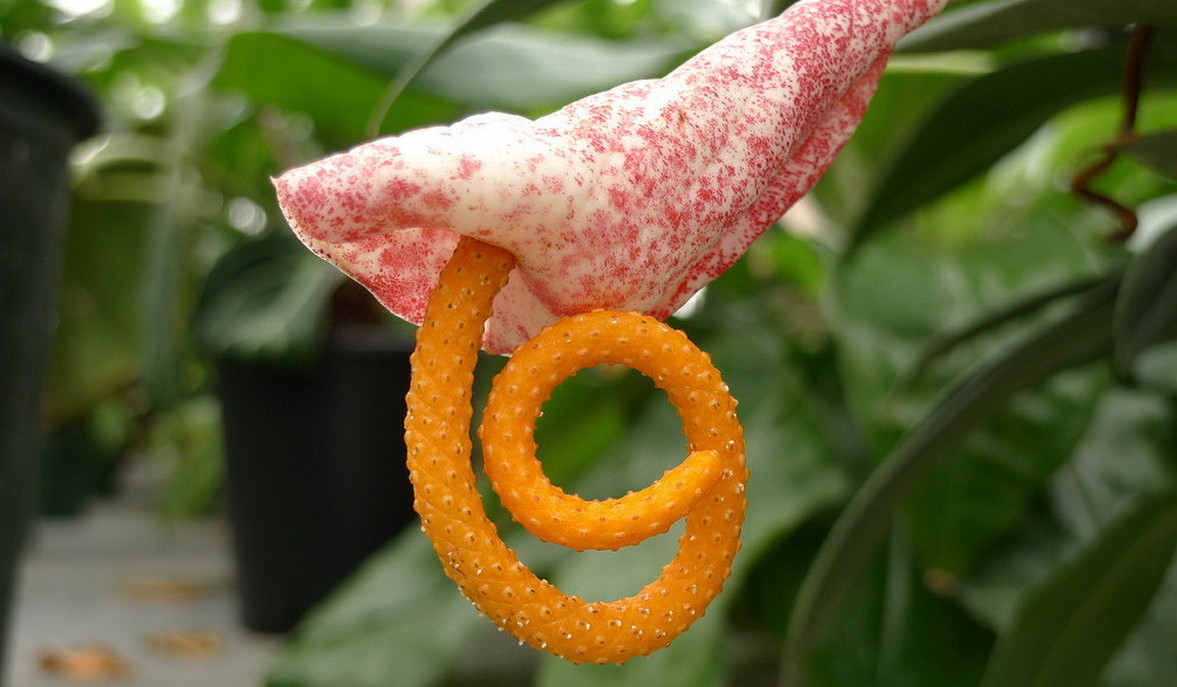
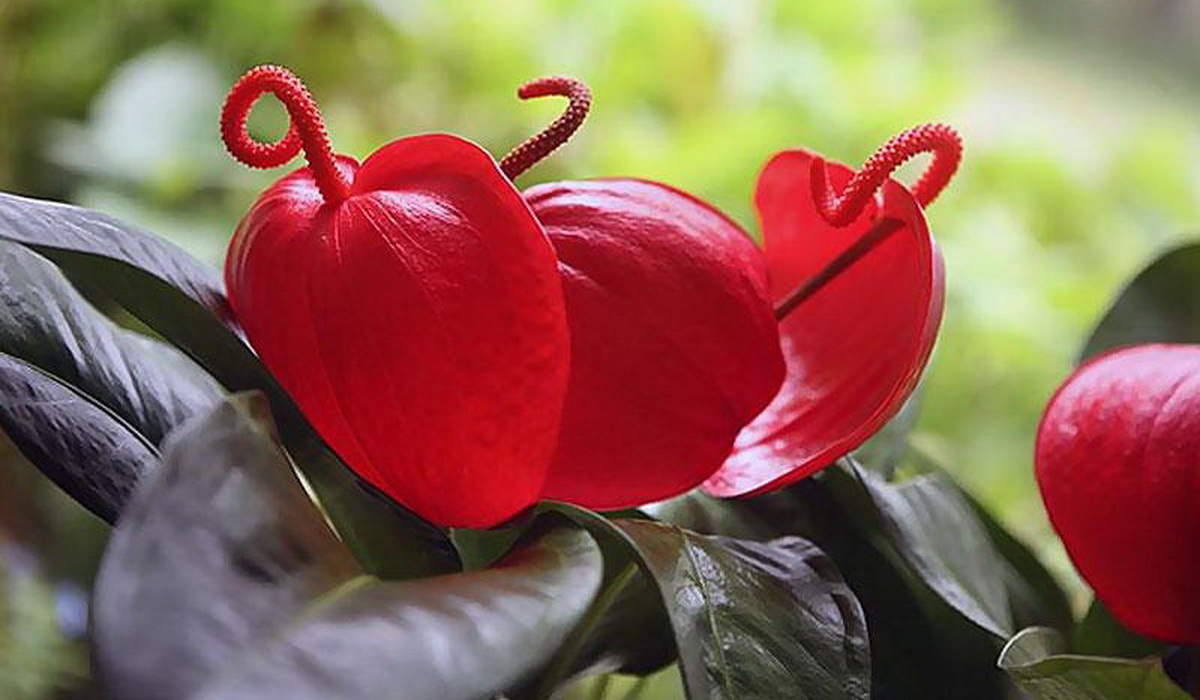
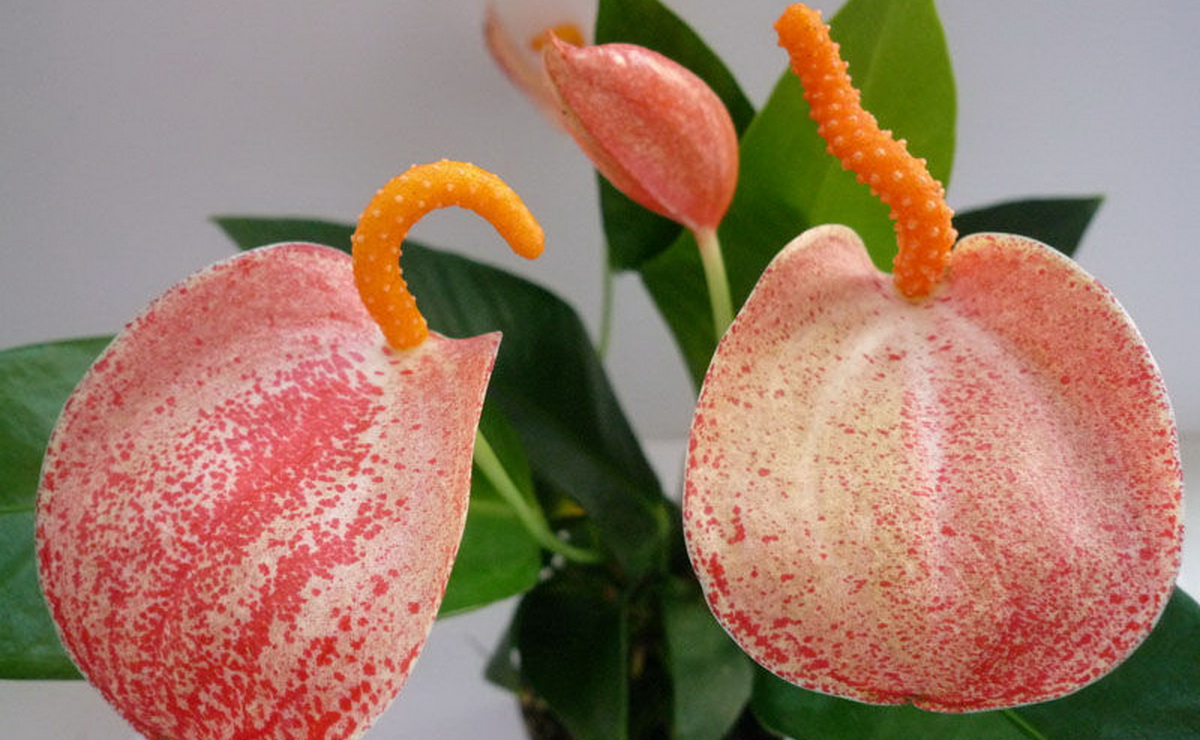



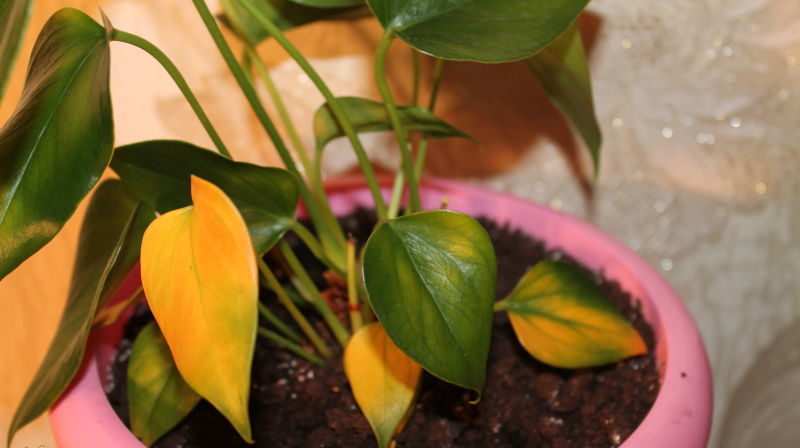
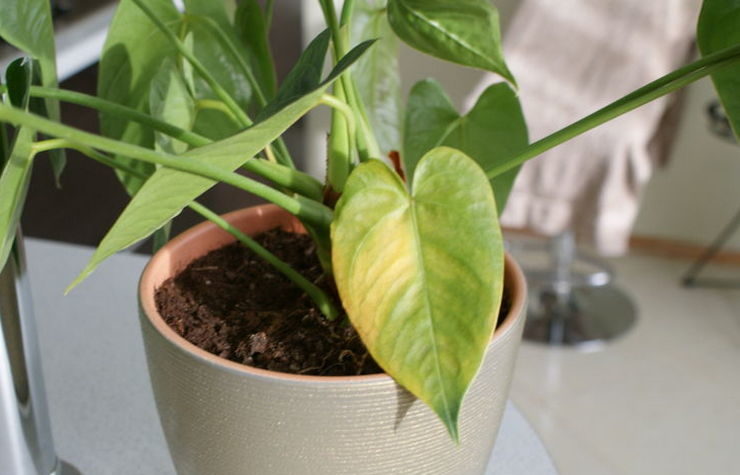
 10 beautiful annuals that bloom all summer
10 beautiful annuals that bloom all summer Sow in the ground, without seedlings: 10 beautiful and unpretentious flowers
Sow in the ground, without seedlings: 10 beautiful and unpretentious flowers Platicodon planting and outdoor care
Platicodon planting and outdoor care Hosta - planting and care in the open ground in the Urals
Hosta - planting and care in the open ground in the Urals